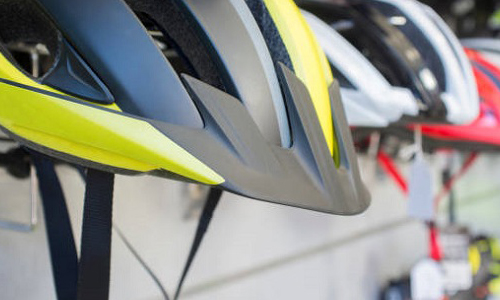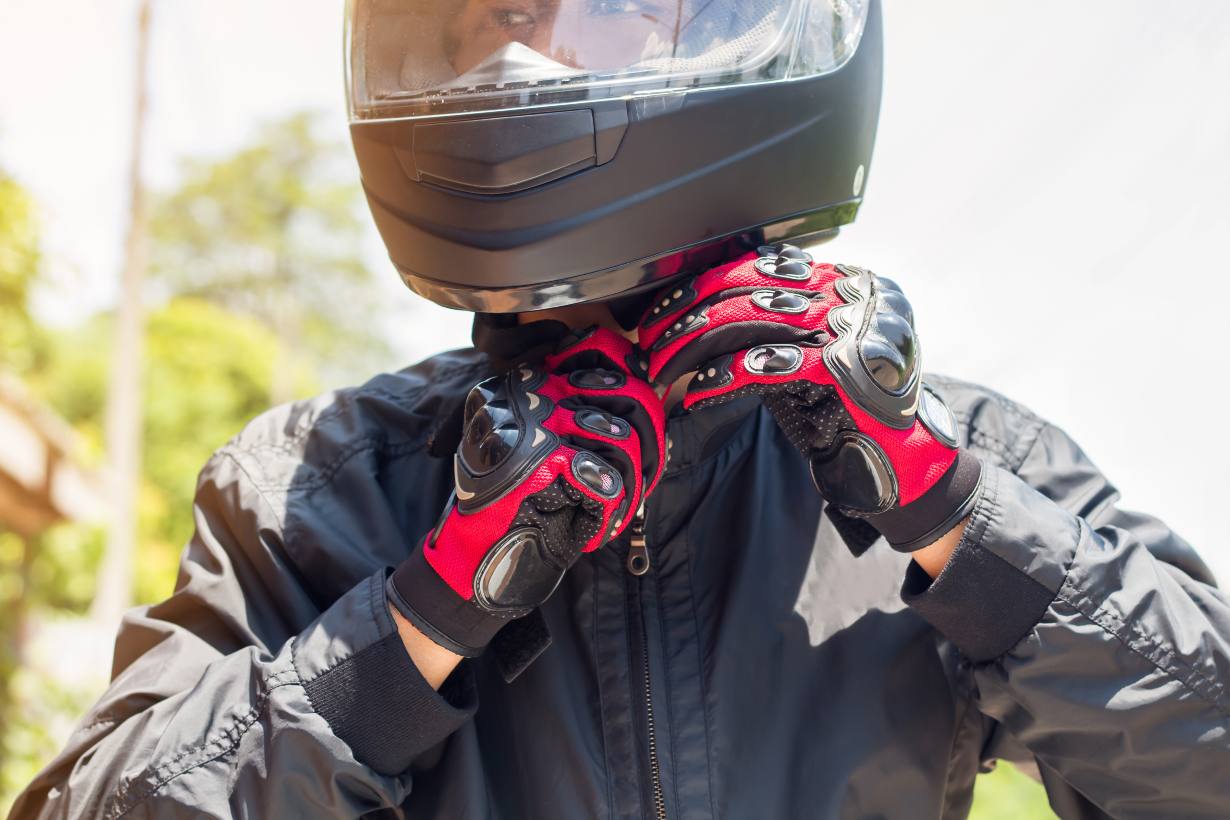Choosing the right helmet size for road cycling is essential for both safety and comfort. A well-fitted helmet protects you in the event of an accident, reduces distractions from shifting or discomfort, and makes longer rides more enjoyable. Here’s a comprehensive guide to finding the perfect road cycling helmet fit.
Why Helmet Size and Fit Matter
A road cycling helmet that fits properly can make all the difference in your ride experience. A helmet that’s too loose may shift or slip, potentially exposing parts of your head and distracting you from the road.
Conversely, a helmet that’s too tight can cause discomfort, pressure points, and headaches. The right fit ensures maximum safety and comfort, so you can focus on the ride.
Step-by-Step Guide to Measuring Your Head for a Road Cycling Helmet
Finding the right helmet size starts with an accurate head measurement. Here’s how:
- Use a Flexible Measuring Tape: A soft, flexible tape measure is ideal for wrapping around your head. If you don’t have one, use a piece of string and then measure it against a ruler.
- Position the Tape Correctly: Place the measuring tape around the widest part of your head, about 1 inch (2.5 cm) above your eyebrows and ears. Keep the tape level to ensure an accurate measurement.
- Record Your Head Circumference: Write down the measurement in both centimeters and inches, as helmet sizes often reference both units.
- Double-Check for Accuracy: Take the measurement twice to ensure accuracy, especially if you’re between sizes or considering different brands.
Understanding Road Cycling Helmet Size Charts
Helmet sizing varies by brand, so always check the manufacturer’s specific size chart. Here’s a general guideline to help you get started:
- Extra Small (XS): 20 – 20.5 inches (51 – 52 cm)
- Small (S): 20.5 – 21.5 inches (53 – 54 cm)
- Medium (M): 21.5 – 22.5 inches (55 – 57 cm)
- Large (L): 22.5 – 23.5 inches (58 – 60 cm)
- Extra Large (XL): 23.5 – 24.5 inches (61 – 62 cm)
Since these are general sizes, always refer to the specific helmet brand’s chart for the most accurate fit.
The Fit Test: Ensuring Your Helmet Fits Correctly
After choosing a helmet in your size range, perform a fit test to make sure it sits comfortably and securely on your head. Here’s how:
- Position on Your Head: The helmet should sit level on your head, resting just above your eyebrows, covering the forehead without obstructing your view.
- Snugness: The helmet should feel snug but not tight. If you shake your head, the helmet should not shift or wobble.
- Retention System: Most road cycling helmets have an adjustable retention system at the back. Adjust the dial or straps until the helmet feels secure.
- Chin Strap Fit: Buckle the chin strap and adjust it so it forms a “V” shape around each ear. When fastened, you should be able to fit no more than two fingers between your chin and the strap.
Key Features to Look for in Road Cycling Helmets
For road cyclists, a good helmet should be lightweight, aerodynamic, and well-ventilated. Here are a few additional features to consider:
- Ventilation: Road helmets often have ample vents to keep you cool on longer rides. Make sure there’s sufficient airflow for your riding conditions.
- MIPS (Multi-Directional Impact Protection System): MIPS technology reduces rotational impact forces in the event of a crash, providing added protection.
- Aerodynamics: Many road cycling helmets are designed with aerodynamic profiles to reduce drag and improve speed.
- Weight: Lightweight helmets reduce strain on the neck and shoulders, making them ideal for endurance riders.
Tips for Proper Helmet Maintenance
A road cycling helmet needs occasional care to ensure it performs optimally and lasts. Here are a few maintenance tips:
- Replace After Impact: Helmets are designed to absorb a single impact. Replace yours after any crash, even if it doesn’t appear damaged.
- Check Fit Regularly: Helmets can loosen over time, especially with frequent use. Check the fit every few months to make sure it still feels secure.
- Clean Regularly: Use a damp cloth and mild soap to clean your helmet. Avoid using harsh chemicals that may weaken the materials.
Additional Considerations for Road Cyclists
For those who ride frequently or in varied conditions, consider additional features such as a visor for sun protection, reflective elements for visibility, and removable padding for easy cleaning.
Conclusion: Finding the Right Road Cycling Helmet for You
Your helmet is a critical piece of road cycling gear, and choosing the correct size is essential to ensure your safety and comfort on every ride.
By measuring your head accurately, understanding size charts, and performing a fit test, you can confidently select a helmet that fits like a glove.
With the right helmet, you’ll be protected, comfortable, and ready to take on the road, no matter the distance.
Happy riding, and stay safe out there!




![Where to Buy a Helmet in [City/Area]](https://jphelmet.com/wp-content/uploads/2024/11/hq720-1.jpg)




